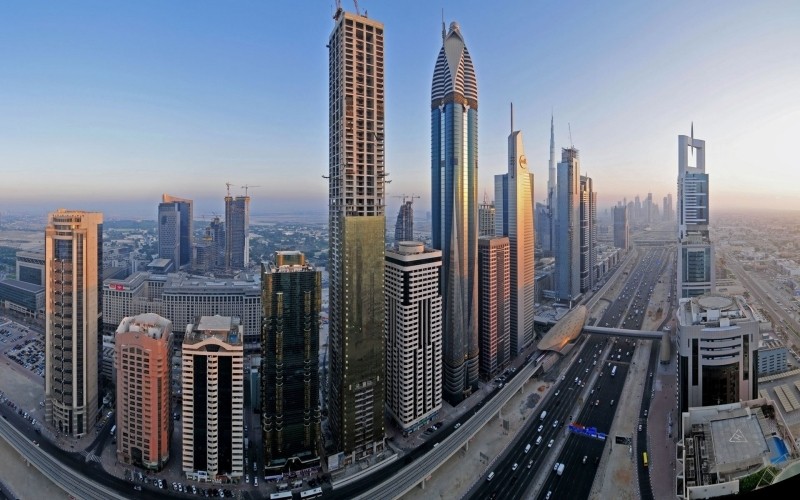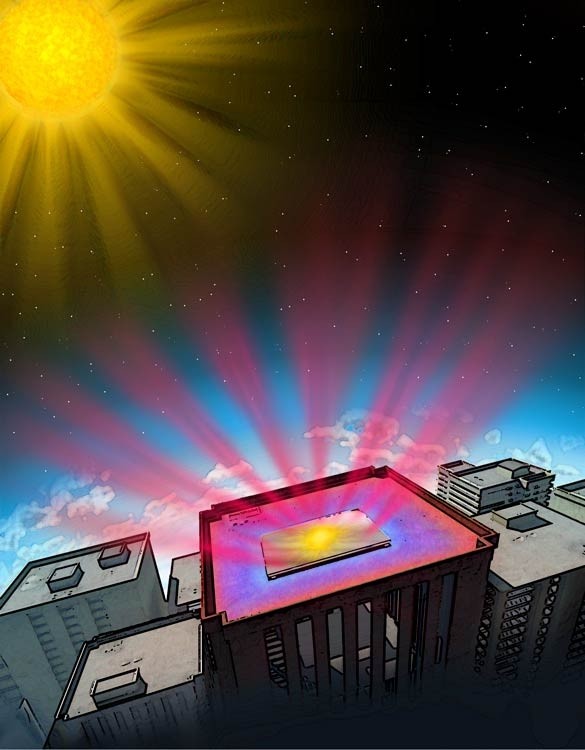
Keeping a large building cool during hot summer months is no easy task. In addition to soaking up warmth from outside, building dwellers also have to contend with heat generated from within. It’s a combination that often forces air conditioning units to work overtime.
Researchers from Stanford University have come up with a new solution to help keep occupants from roasting during the summer – an extremely thin coating that works by reflecting up to 97 percent of sunlight while simultaneously radiating heat from inside the building.
It’s a technique that the researchers have dubbed photonic radiative cooling.

The material they created consists of eight layers and is collectively just 1.8 micros thick (that’s thinner than the thinnest sheet of aluminum foil). Specifically, it’s made of seven layers of silicon dioxide and hafnium oxide on top of a thin layer of silver.
The technology certainly sounds promising although it doesn’t appear to be close to commercial use just yet.
The first problem is figuring out how to transfer a building’s internal heat to the exterior coating. Once it gets there, the material can expel it but getting it there is the first hurdle.
The researchers’ second issue is scaling. Their existing prototype is the size of a personal pizza – or in other words, nowhere near as large as it needs to be to do its job efficiently in a real-world application. The good news here is that existing production facilities are capable of scaling it up to desired sizes.
https://www.techspot.com/news/59008-researchers-develop-super-thin-coating-could-help-keep.html